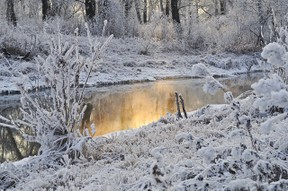 The story is always symbolic. The previous world is turned upside down. The present world contains some huge over-riding threat.
The story is always symbolic. The previous world is turned upside down. The present world contains some huge over-riding threat.
Autumn took the last crops from the ground. The season now is barren.
For the Goddess Isis, the problem was Set. He had caused His brother Osiris to be torn limb from limb and the pieces of Him were cast in the River Nile. Isis had to collect them all together; reanimating the God, before She could even become impregnated with the Light.
For the Virgin Mary, the issue was more Earthly. An invading Roman Empire had taken over everything. The temples had become corrupt. Freedom fighting and terrorism (two sides of the same coin) were making Her world a frightening place in which to be. Then She became pregnant with the Light.
The tree sap is trapped down in the roots, to keep it warm underground. No leaves in the forest. No buds in the hedgerows. No flowers in the meadows.
The Divine Mother isn't someone who can just walk into a nice, clean maternity room to deliver Her precious child. She has to do it far from home, on the run or forced to migrate. The tale takes Her into hidden places, where fertility and blossoming happens out of sight, borne almost literally in faith.
Isis creates a bed of foliage, in a papyrus thicket, in Khemmis. In the earliest stories, Mary finds a nook at the back of a cave; in the later ones, it's inside a stable, behind an inn in Bethlehem. Their babies are born without any fanfare from the ruling threat. Hidden. Secretive. Secluded.
But when the Light returns, as fragile as it is, all of nature rejoices. Whether it's stars in the sky; lambs carried in the arms of shepherds; birds in the thicket or something else, the nature world knows the change has come.
At Midwinter, the sun turns in Solstice. From this point on, though we may not discern it immediately, the days are growing longer. The warmth is returning.


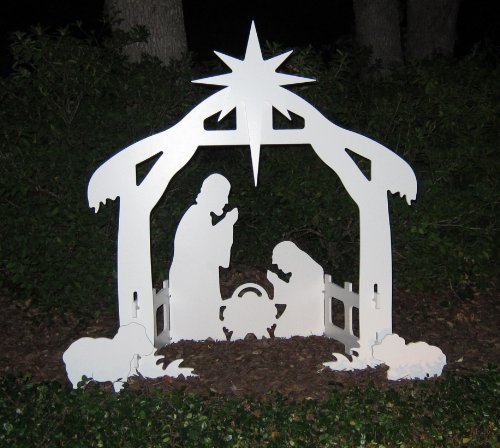
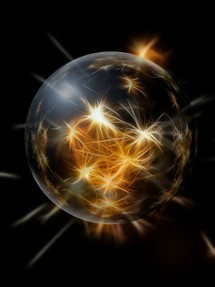 The God will always be representative of the year as a whole. He is born, flourishes, leaves his seed and dies during the course of the passing months.
The God will always be representative of the year as a whole. He is born, flourishes, leaves his seed and dies during the course of the passing months.
 The story is always symbolic. The previous world is turned upside down. The present world contains some huge over-riding threat.
The story is always symbolic. The previous world is turned upside down. The present world contains some huge over-riding threat.

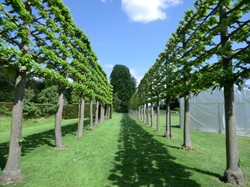 However, we're still not out of the woods yet (nor the thicket, nor the cave, nor the stable). The sun may be returning, but we have to make it through the rest of winter.
However, we're still not out of the woods yet (nor the thicket, nor the cave, nor the stable). The sun may be returning, but we have to make it through the rest of winter.

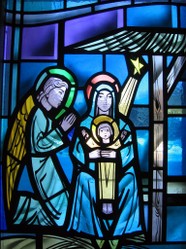

 St Tydecho's Churches in West Waleson 09/03/2014
St Tydecho's Churches in West Waleson 09/03/2014
 Goodies for an Outlander Premiere Partyon 03/06/2015
Goodies for an Outlander Premiere Partyon 03/06/2015
 Holocaust Memorial Day Interview with Rainer Höss, Grandson of Rudolf Architect of Auschwitzon 01/24/2015
Holocaust Memorial Day Interview with Rainer Höss, Grandson of Rudolf Architect of Auschwitzon 01/24/2015
 Romantic Valentine Gifts for an Outlander Fanon 01/16/2015
Romantic Valentine Gifts for an Outlander Fanon 01/16/2015

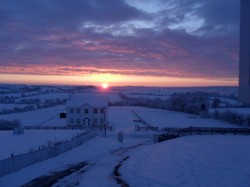
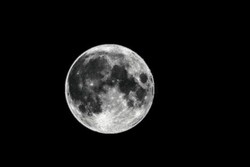
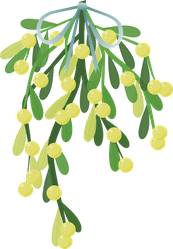
Comments
I'm only looking at this from a Wiccan perspective. To us, the God is all about either the Sun or the greenery (think Green Man). When it's Midwinter, the Goddess (Moon, but more specifically Earth here) holds that spark. It's an analogy of the light being hidden.
The whole 'sun' and 'son' play on words is certainly modern Wicca. It doesn't even work in Welsh, let alone non-British languages.
I enjoyed reading this article but I had to wonder at the end - you put "sun" and "son" together. What I'm wondering is if there is a connection between those two words in other relevant languages.
I'm glad that you find them so. There's so much tosh written about Wicca, that I'm making it a bit of a mission to lay things out pure and simple.
i love these pagan articles, very clear and informative
Thank you very much. :)
Very nice telling of the tale.